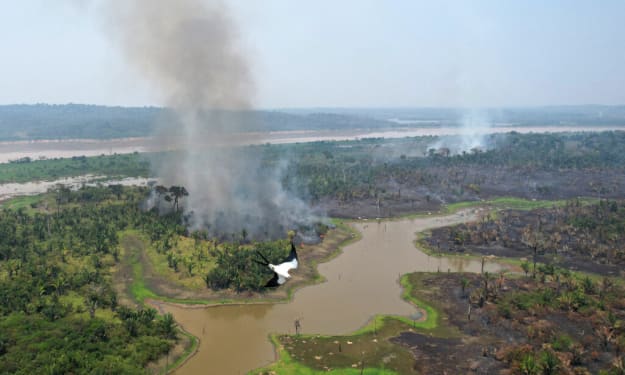
Taj Mahal was not always white. The marble used on the structure has yellowed over time due to exposure to air pollutants.
Taj Mahal was not built in a single day. It took 22 years to complete the construction, from 1632 to 1654.
It is believed that the Taj Mahal was originally intended to be a palace, not a mausoleum.
The Taj Mahal was not built entirely by Indian workers. Many artisans and craftsmen from Persia, the Ottoman Empire, and Europe were brought in to work on the structure.
Taj Mahal is not symmetrical. The mosque on one side is slightly larger than the one on the other side to accommodate the differences in the call to prayer between Sunni and Shia Islam.
Taj Mahal was not always a UNESCO World Heritage Site. It was designated as a UNESCO World Heritage Site in 1983.
The Taj Mahal has been damaged over the years by environmental pollutants and is undergoing a cleaning and restoration process to preserve its beauty for future generations.
The Taj Mahal was not always well-maintained. During the 18th and 19th centuries, it was neglected and fell into disrepair.
The Taj Mahal is not the only mausoleum on the site. The complex includes several other buildings, including a mosque and a guest house, as well as the main tomb for Mumtaz Mahal and Shah Jahan.
The Taj Mahal is not lit up at night, but it used to be. In the past, the monument was lit up with thousands of lamps, but this was discontinued due to environmental concerns and the impact on the surrounding ecosystem.
The Taj Mahal is not just one building. It is actually a complex of several structures, including a mosque, a main tomb, and several smaller tombs for members of the royal family.
The Taj Mahal was not always a popular tourist destination. It only became a major tourist attraction in the 20th century, after the Indian government started promoting it as a symbol of the country's heritage.
The Taj Mahal was not built entirely of marble. In fact, the foundation and some of the internal structures are made of red sandstone, while the intricate carvings and inlaid marble decorations are made of white marble.
The Taj Mahal is not just a single structure, but a complex of buildings, gardens, and water features. The main tomb is surrounded by lush gardens with pathways and fountains, and the mosque and guest house are located across a reflecting pool from the main tomb.
The Taj Mahal was not always accessible to the public. For many years, access to the Taj Mahal was restricted, and only royalty and VIPs were allowed inside. Today, however, the Taj Mahal is open to the public and is one of the most popular tourist destinations in India.
The Taj Mahal is not the only monument dedicated to Mumtaz Mahal. After her death, Shah Jahan built several other monuments in her memory, including the Jama Masjid in Delhi and the Pearl Mosque in Agra.
The Taj Mahal was not constructed in isolation. The design and style of the Taj Mahal are influenced by other famous buildings of the era, including the Humayun's Tomb in Delhi, the Akbar's Tomb in Sikandra, and the Itmad-ud-Daula's Tomb in Agra.
The Taj Mahal was not always appreciated for its beauty. Some European travelers in the 17th and 18th centuries considered the Taj Mahal to be over-ornamented and ostentatious, while others praised it as a masterpiece of Mughal architecture. Today, however, the Taj Mahal is widely recognized as one of the most beautiful buildings in the world.
The Taj Mahal was not built by just one architect. It was designed by several architects and engineers, including Ustad Ahmad Lahauri, who is considered the main architect of the Taj Mahal.
The Taj Mahal was not constructed without challenges. One of the biggest challenges during the construction was the transport of the massive marble blocks from quarries more than 200 miles away. The blocks were transported on specially built barges along the Yamuna River and then lifted into place using a system of pulleys and ropes.
The Taj Mahal was not immune to natural disasters. Over the years, the Taj Mahal has been affected by several natural disasters, including earthquakes and flooding, which have caused damage to the structure.
The Taj Mahal was not originally surrounded by the Yamuna River. The river has changed course over the years and today, the Taj Mahal is located on the eastern bank of the river, whereas in the past it was located on the western bank.
The Taj Mahal was not always well-protected from air pollution. In recent years, air pollution in Agra has become a major concern and the Indian government has taken steps to reduce pollution levels and protect the Taj Mahal from further damage.
About the Creator
Devendiran Balraj
I am a interests facts deliverer.






Comments
There are no comments for this story
Be the first to respond and start the conversation.